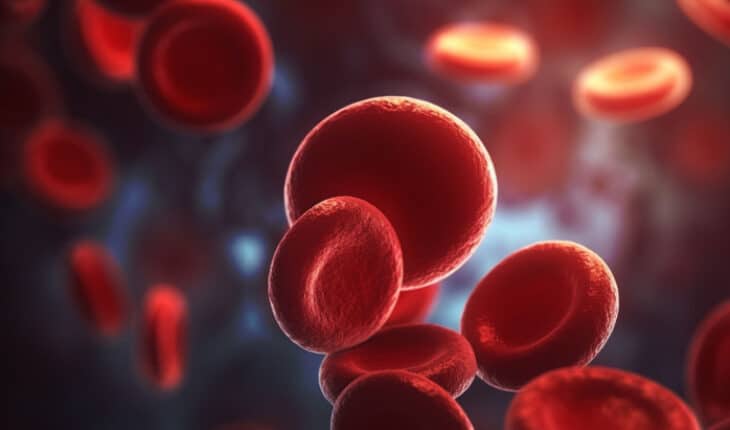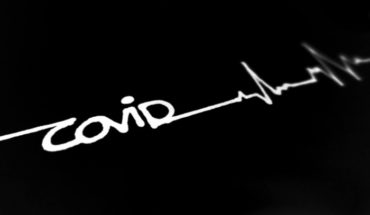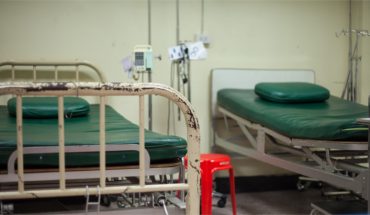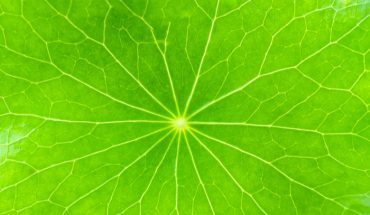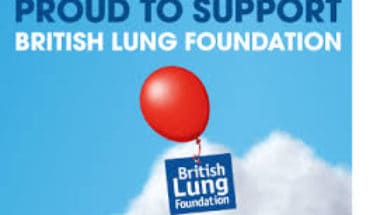Atherosclerosis is a disease in which fat, cholesterol, and other substances build up inside artery walls. This can lead to plaque formation, which can block arteries and cause heart attacks and strokes. Immune cells play a key role in cleaning the blood, by interacting with red blood cell extracellular vesicles (RBCEVs), which are nano-sized particles released by red blood cells.
Commonly referred to as “first responders” to infections, macrophages are immune cells which detect and clear pathogens and dead cells, and secrete molecules to activate other immune cells. To understand what happens to macrophages that are exposed to a high amount of RBCEVs and whether they prove to be beneficial in treating atherosclerosis, a multi-institutional team examined the mechanisms of how RBCEVs are internalised by macrophages and analysed the consequent changes.
Led by Assistant Professor Minh Le from the Department of Pharmacology and the Institute
for Digital Medicine (WisDM), Yong Loo Lin School of Medicine, National University of Singapore (NUS Medicine), the study demonstrated that the uptake of RBCEVs by macrophages was highly efficient, as the particles induced multiple changes in the macrophages. Following exposure to RBCEVs, the macrophages had decreased levels of proteins that promote inflammation, suggesting the potential use of RBCEVs to alleviate conditions associated with excessive inflammation. The macrophages also produced higher levels of an enzyme which protects cells against oxidative damage—commonly observed in inflammatory and cardiovascular diseases. In addition, the RBCEVs led to higher resistance
to lipid uptake in the macrophages, reducing fat deposition—which characterises the condition
of atherosclerosis.
Published in the Journal of Extracellular Vesicles, one of the top Cell Biology journals, the study was conducted in collaboration with the Department of Surgery, Department of Physiology, Nanomedicine Translational Research Programme, and Cardiovascular Research Institute at NUS Medicine; the School of Mechanical and Aerospace Engineering and Lee Kong Chian School of Medicine, Nanyang Technological University (NTU); and the Institute of Molecular and Cell Biology, Agency for Science, Technology and Research (A*STAR).
Asst Prof Minh Le said, “We have known for a while that RBCEVs tend to go to macrophages when they enter the body, but we did not realise some of the implications until now. The properties of RBCEVs that we have uncovered here are desirable for treating atherosclerosis and possibly other inflammatory diseases.”
The team hopes to leverage their improved understanding to manipulate RBCEV uptake by macrophages and thus adjust the distribution of RBCEVs to different tissues in the body. The team also plans to further explore the therapeutic potential of RBCEVs by combining their natural beneficial properties with exogenously loaded drugs designed to treat inflammatory conditions. These plans are part of the expansion of their ongoing work on developing the RBCEV platform for the treatment of various diseases including cancer, cancer-associated muscle loss, and COVID-19.
“Atherosclerosis causes heart disease and stroke, affecting millions of people. This discovery by the team is paving the way towards exciting new therapeutic strategies that can have a real impact on healthcare. We can now start looking into the use of very tiny particles made from our own red blood cells to treat atherosclerosis and potentially other diseases,” said Professor Lee Chuen Neng from the Department of Surgery, and Nanomedicine Translational Research Programme at NUS Medicine. He is also Clinical Director, Institute for Health Innovation & Technology, NUS.
- Christmas unrest – sleep solutions - 16th December 2024
- Machine learning for child vaccinations - 16th December 2024
- How to Have a Pet-Friendly Christmas - 16th December 2024
